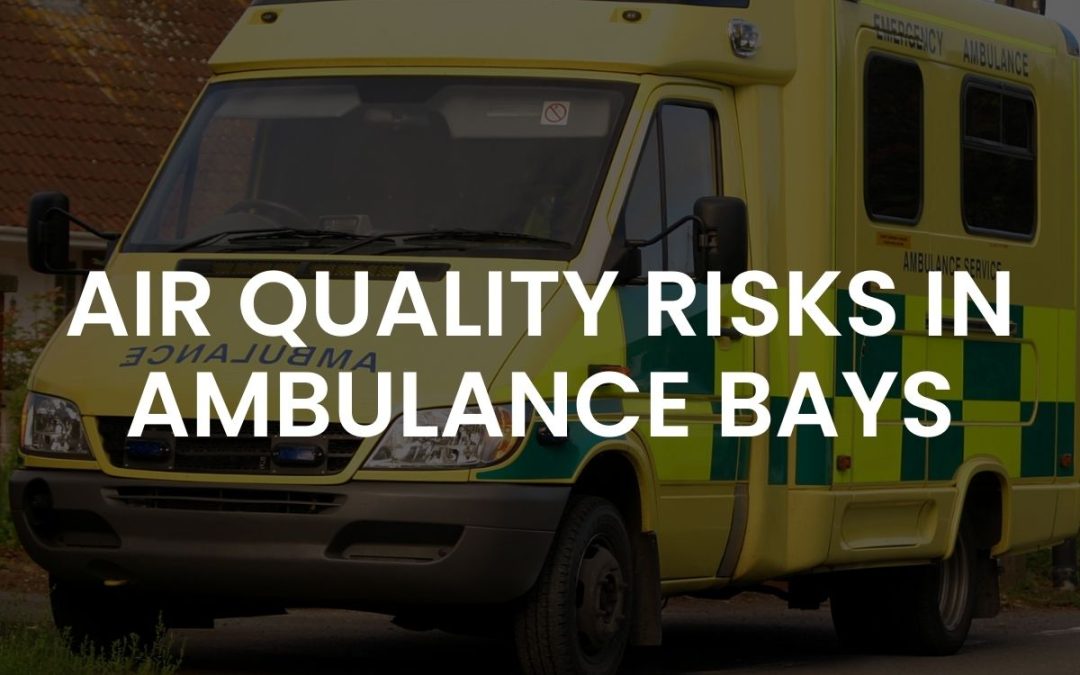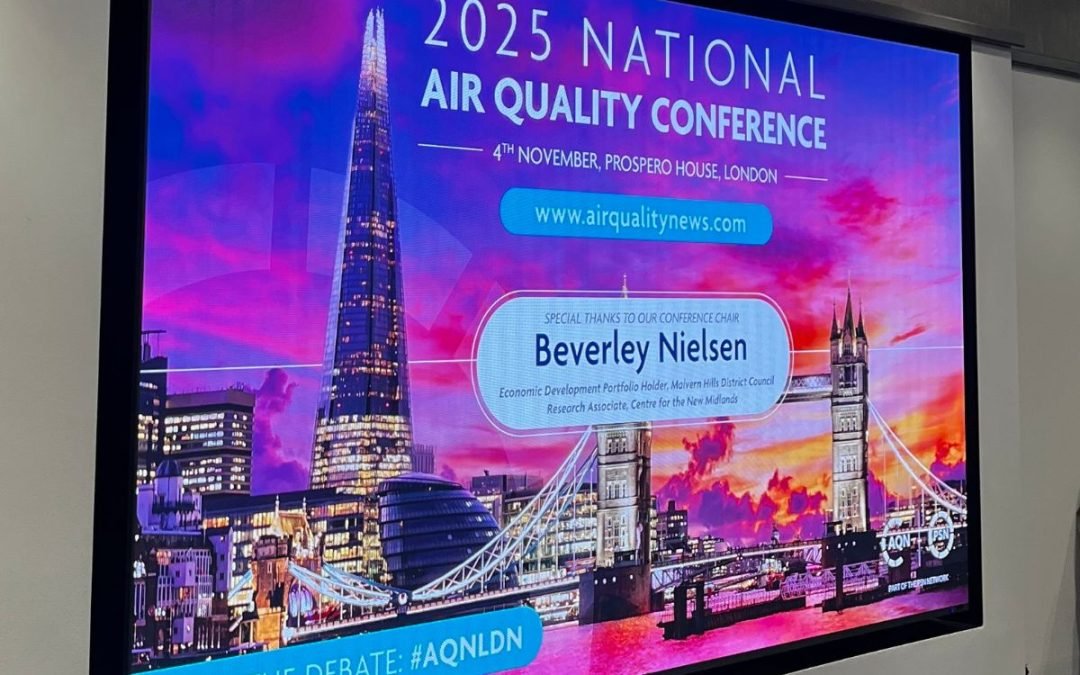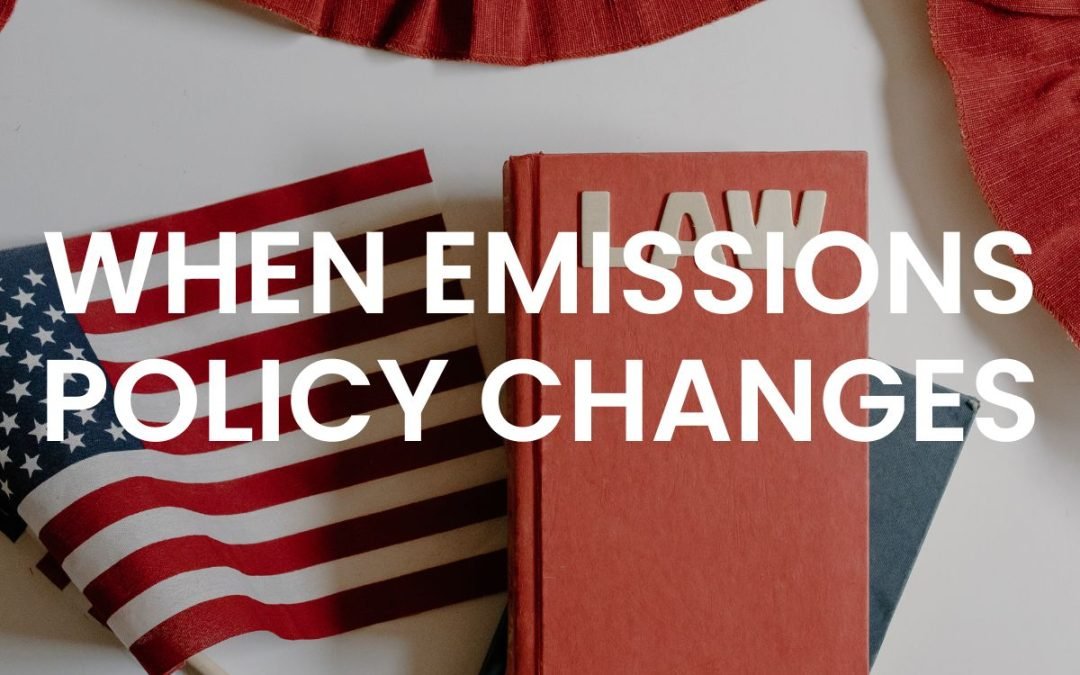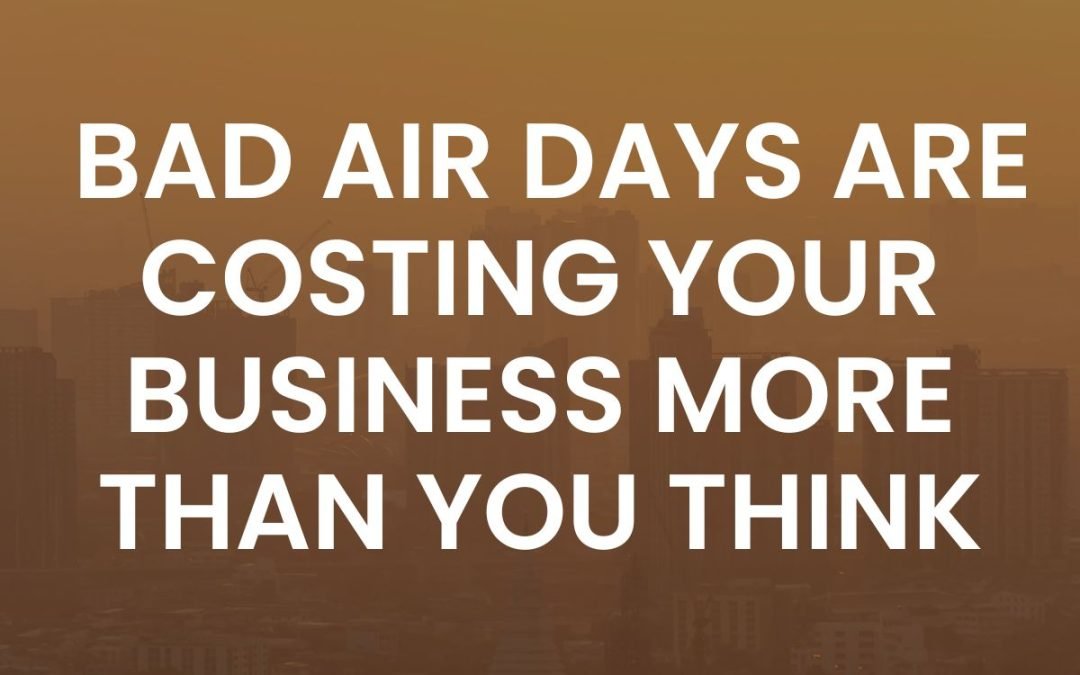In a watershed moment for environmental justice, the European Court of Human Rights (ECtHR) has ruled that governments failing to address severe environmental pollution violate citizens’ fundamental right to life. This landmark judgment, delivered on January 31st, 2025, stems from Italy’s decades-long struggle with toxic waste pollution in Campania’s “Land of Fires” region.
An Opportunity For a New Legal Framework for Air Quality
The ruling establishes that governments must protect citizens from environmental harm caused by both state and non-state actors. According to Newcastle University’s analysis, this marks a significant shift in environmental law, lowering the evidentiary requirements for environmental cases. Now, victims need only demonstrate “serious, genuine, and ascertainable” health risks rather than absolute scientific proof of causation.
This development arrives at a crucial time. According to the World Health Organisation, 90% of the global population breathes air exceeding WHO guidelines. The organisation’s revised standards for key pollutants like nitrogen dioxide (NO2) and particulate matter (PM2.5, PM10) are now significantly stricter than many national regulations. For context, WHO guidelines now recommend:
- Annual mean PM2.5 concentration below 5 μg/m3
- Annual mean PM10 concentration below 15 μg/m3
- Annual mean NO2 concentration below 10 μg/m3
These levels represent a substantial tightening from previous standards, reflecting growing evidence about air pollution’s health impacts. WHO research links air pollution exposure to increased risks of respiratory diseases, cardiovascular problems, and certain cancers. The economic burden is also significant – the organisation estimates air pollution costs the global economy over $8 trillion annually in health and productivity losses. In urban areas, where most air quality exceedances occur, the main sources remain consistent. These are vehicle emissions, industrial activities, construction work, energy production and waste management operations.
Could we therefore see a situation where WHO guidelines move from recommendations into potential legal standards that could be used in future litigation. For organisations managing sites with potential air quality impacts, this ruling could create new imperatives for monitoring and control. Here are some areas we may expect to see air quality impacted.
Pollution Identification
Organisations should consider how to implement comprehensive monitoring systems to identify pollution risks before they cause irreversible harm. According to EuroNews, this goes beyond traditional periodic sampling to include continuous, real-time monitoring of key pollutants. It is also possible to beyond real-time monitoring to explore monitoring solutions which highlight the source of pollution.
Proactive Measures
The ruling suggests the need for authorities to take preventive action when monitoring indicates potential risks. As highlighted by Tortoise Media, this requires not just monitoring capabilities but also how organisations respond to these risks -what is your mitigation strategy. Some examples of how this could be applied.
- Development of clear response protocols for different types of pollution events
- Regular review and updating of environmental management procedures
- Investment in pollution control technologies
- Training programs for key personnel
- Engagement with local stakeholders on mitigation plans
Public Information Access
There’s also the opportunity to ensure public access to environmental health information. The European Court of Auditors emphasises this necessitates transparent reporting systems and public-facing data platforms. Organisations might consider:
- Creating accessible dashboards showing real-time air quality data
- Regular reporting on environmental performance
- Establishing clear communication channels with local communities
- Providing context and explanation for air quality measurements
- Demonstrating proactive management of environmental impacts
This ruling could point to a fundamental shift in how we approach environmental protection. For organisations operating in urban environments or managing sites with potential air quality impacts, the message is clear: comprehensive air quality monitoring is necessary part of protecting both public health and legal compliance.





